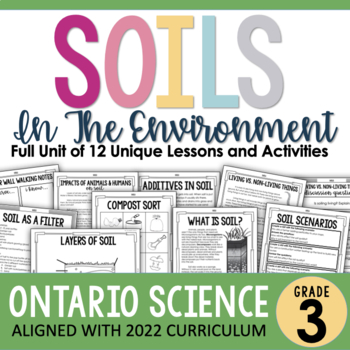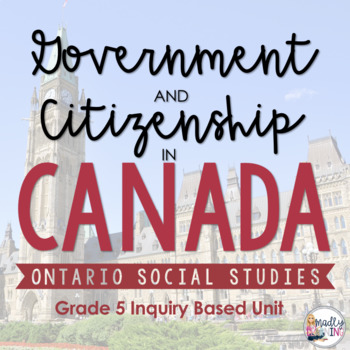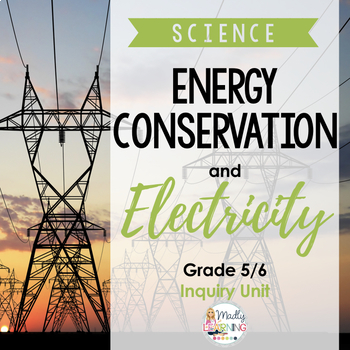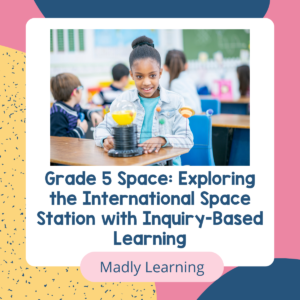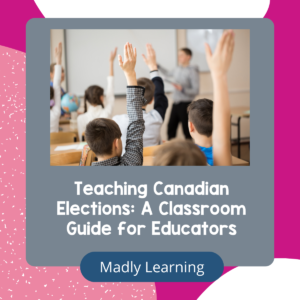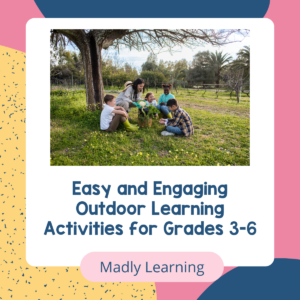
In this post, we’ll explore the four different types of inquiry based learning in the classroom. We’ll also discuss how inquiry-based learning takes time to build up to and how you can use the different types of inquiry in your classroom, regardless of your student’s current ability levels. Whether you have experience with inquiry-based learning or are new to it, this post offers valuable insights and practical tips to implement inquiry-based learning effectively in your classroom.
So, what is inquiry-based learning in the classroom?

As educators, we want our students to be curious, ask questions, and find answers. And with the help of tools and technology, many of the basic day-to-day tasks can be automated. This gives students more time to explore their interests and passions. But how do we ensure they are still learning the required curriculum standards?
This is where inquiry-based learning comes in. By allowing students to dig deeper and find more meaningful understandings of the concepts they are learning, they are better equipped to grasp the material on a deeper level. This leads to enduring learning outcomes rather than a surface-level understanding that quickly fades away.
Inquiry-based learning is a process where students are empowered to ask questions, to be curious, and to lead with problem-solving and critical-thinking skills. The four different types of inquiry-based learning are structured inquiry, guided inquiry, problem-based inquiry, and open-ended inquiry.
Structured Inquiry

Structured inquiry is a great starting point for teachers who are new to inquiry-based learning. This approach provides students with guidelines or steps to follow when investigating a topic or question. Whether it’s in science or social studies, a structured inquiry allows students to explore and discover concepts one step at a time.
Traditional learning methods focus on rote memorization and regurgitation of information. Structured inquiry encourages students to think critically, draw conclusions, and make connections between ideas. Unfortunately, this approach can be challenging at first. Luckily, with practice, students will become more comfortable with the process and develop their problem-solving skills.
As teachers, we must guide students through the structured inquiry process and give them the tools they need to succeed. By encouraging students to ask questions and think independently, we can help them develop a love of learning that will last a lifetime.
Guided Inquiry
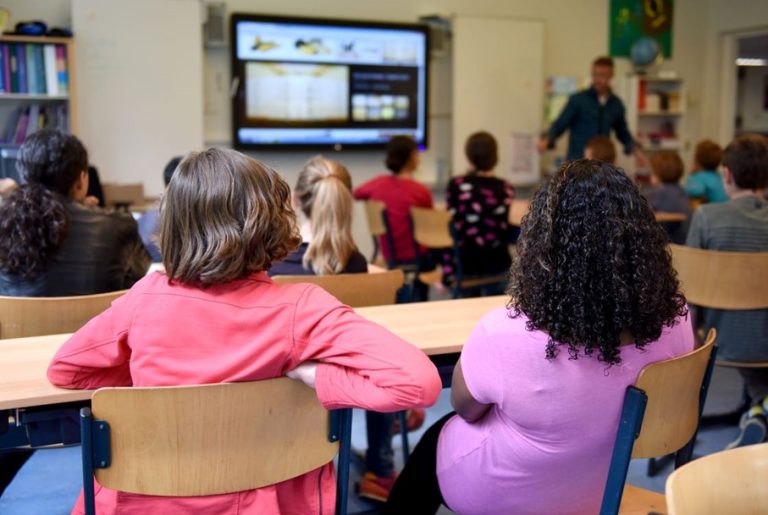
In a guided inquiry, the teacher provides guidelines or parameters for the students to work within. This approach allows for more individualized learning experiences. It is great for students who are starting to feel more comfortable with inquiry-based learning.
The teacher models the inquiry process and provides support along the way, helping students to ask questions, explore ideas, and draw conclusions. The teacher may also provide research materials for students, ensuring they have access to the necessary resources.
In a guided inquiry approach, teachers can allow students to explore a topic or question more flexibly and individually. Get students to brainstorm questions related to a topic like government and narrow them down as a group. Students can then explore different aspects of government, such as healthcare, education, and defense, and generate their own questions to research. While the teacher sets parameters and limits, students are still highly involved in the learning process.
Another example of the guided inquiry approach is through my Matter Unit. In this unit, students are asked to choose a food item from their kitchen and discover how it was made. The teacher can demonstrate the process of investigating the production of a food item, from field to table, and offer resources for students to research their selected item.
This approach allows for student choice and exploration while still providing the necessary guidance and support. Overall, the guided inquiry approach is a great way to engage students in inquiry-based learning while still providing structure and support. It encourages independent thinking, critical questioning, and individualized exploration, leading to a deeper understanding of the material.
Problem-Based Inquiry
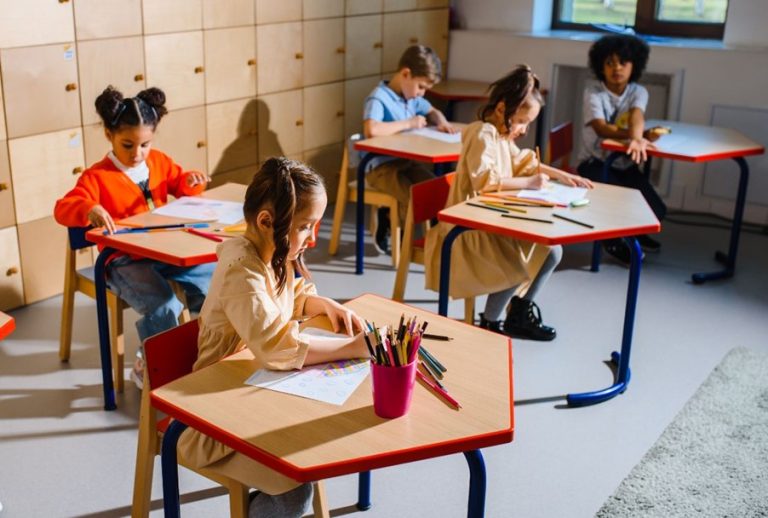
In problem-based inquiry, teachers present a problem to students and encourage them to develop solutions. This approach is excellent for engaging students and encouraging them to think critically and creatively.
This approach flips traditional instruction on its head, starting with a problem rather than front-loading students with all the facts and information. It encourages curiosity and the need to understand the “why” behind a solution.
When teaching energy conservation, I like to use the ice cube experiment. In this problem-based inquiry, ask students to devise strategies to slow down its melting. Through experimentation, students can discover which materials work best and then explore the scientific principles behind their findings.
Another great topic for this type of inquiry-based learning is Soil and Erosion. You can show students what erosion looks like and get them to devise solutions to fix it.
Problem-based inquiry is not only more engaging for students, but it also leads to more enduring learning. It allows students to experience the material meaningfully and encourages them to think like problem solvers. Ultimately, kids love solving problems, and this approach taps into that natural curiosity and desire to understand the world around them.
Open-Ended Inquiry

The final type of inquiry, open-ended inquiry, can make many teachers uncomfortable. However, this approach puts students 100% in the lead, allowing them to explore self-guided projects that pique their interests.
Have you heard of Genius Hour? Students choose a topic they want to learn about and then research and present their findings. With open-ended inquiry, the teacher is there to conference with students, ask questions, and offer guidance as needed.
While this approach may sound intimidating, it doesn’t have to be. Open-ended inquiry can be used for writing instruction, giving students the freedom to choose what they want to write about, how they want to write about it, and when they want to write. The possibilities are endless, and students have the opportunity to showcase their creativity and individuality while learning valuable skills.
In Conclusion
Inquiry-based learning can be used meaningfully in your classroom, regardless of your student’s ability levels. The different types of inquiry in the classroom can be integrated in a variety of ways to scaffold learning and encourage curiosity and critical thinking. By leading with questions and allowing students to discover answers, inquiry-based learning can help students develop enduring understanding and transferable skills that will benefit them in their future endeavors.

